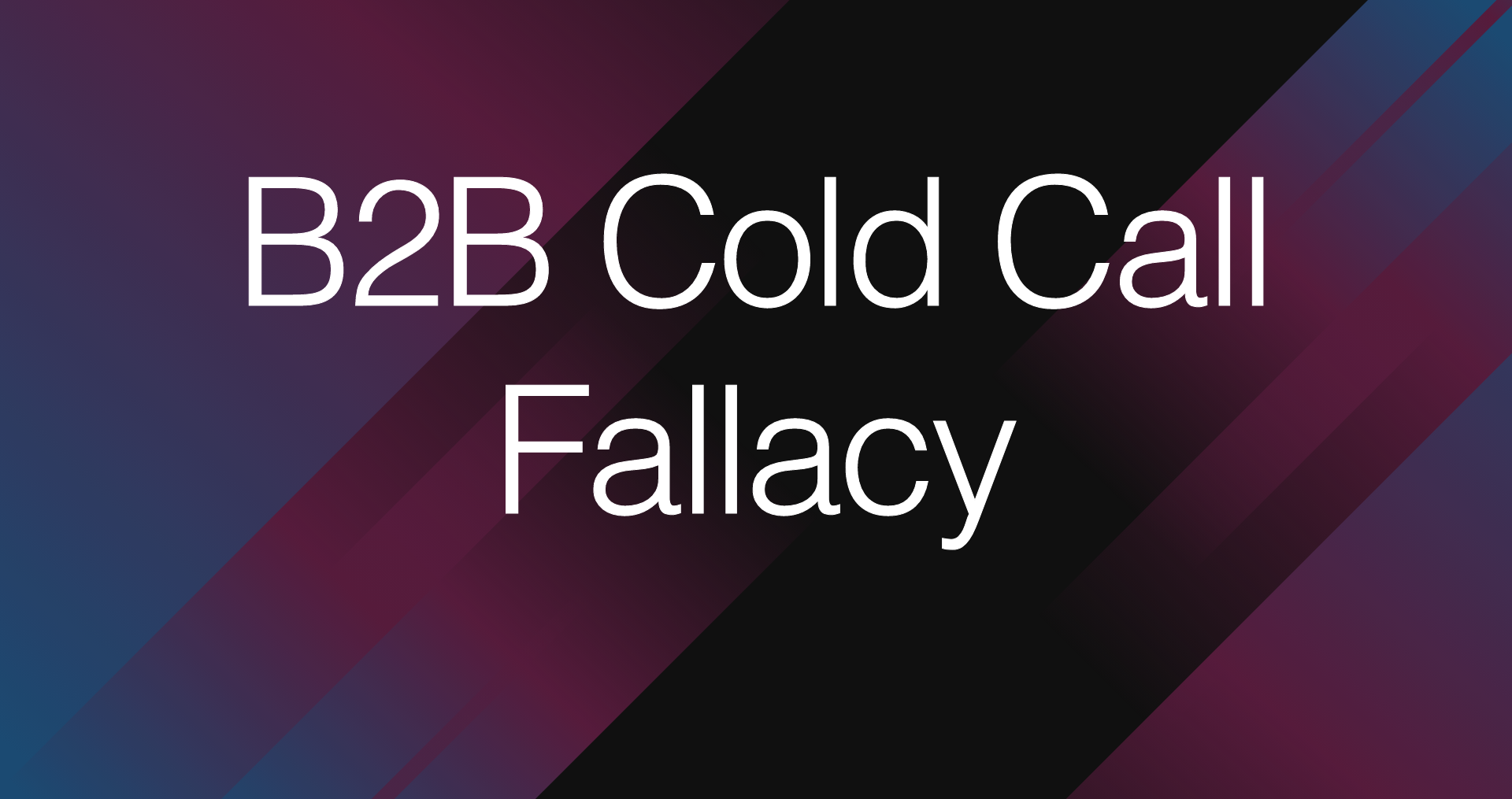10 Street Name, City Name
Country, Zip Code
555-555-5555
mymail@mailservice.com
What is a SMART Pipeline
Why a SMART Pipeline is not just another Sales Pipeline
One of the most challenging tasks in company building is creating a robust and repeatable sales pipeline. Many companies rely on an external partner to help with building a pipeline. Companies ranging from Series A funded startups looking to grow revenue to established Unicorns that balance growing revenues and watch key business ratios, benefit from an outsourced partner.
Too often, outsourced partners take a cold-call-heavy approach, which seems to produce immediate results and creates a sense that the problem is solved. However, time and again it is noted that this scattershot approach (Yes, let’s call it what it really is), hits a brick wall. This is because a small number of already-primed prospects that exist are easy to convert to a meeting. However, the vast majority, over 98% of prospects, require a different approach and will not convert over a phone call.
A SMART pipeline, as we call it, accounts for both the primed prospects and the 98% of prospects that respond to a different strategy. Let’s walk through the key elements of what distinguishes a SMART Pipeline from just another pipeline.
Sales Accepted: A baseline criterion of any pipeline, regardless of other factors, is that an opportunity must be accepted and taken forward by the sales team. Without that critical filter, it is just slightly better than an MQL. A Sales Accepted Opportunity can be filtered in different ways. Some apply the MEDDIC criteria (Metrics, Economic Buyer, Decision Criteria, Decision Process, Identify Pain, and, Champion) or some other home-grown sales accepted criteria. These criteria are much more valuable further down the sales cycle and almost impossible to discern in the early stages of penetrating new accounts. A simple top-of-the-sales funnel criteria and an immediate/binary measure are whether the prospect is willing to take steps past the first meeting. This litmus test is an effective way to demarcate the hand-off from pipeline generation activity from sales activity.
Metrics Driven: This may seem fairly obvious but all metrics are not equal. A holistic set of metrics is required to measure the final output (aka qualified pipeline) and also a set of intermediate metrics that enable the team to forward-project for future weeks and months. Without this dual approach, metrics are usually a surprise for management because they never saw the early signals.

Achievable in a Reasonable Timeframe: Meetings with a Director at a Fortune 500 company are a good first step. However, without a specific project or budget authority this persona is an influencer or champion of the product/solution at best. This leads to a long sales cycle. Any pipeline you generate must be convertible to a sales win in a reasonable timeframe.
Repeatable Within a Market Segment: The downside of cold-calling is that it is never repeatable. Every single contact you get is an exception because you’ve been unsuccessful with 98% of the rest. A SMART pipeline should follow a process and methodology that is repeatable within a market segment so that increasing investments will lead to increasing returns. This is never achieved with today’s call-heavy approach.
Transferable Insights to Marketing and Sales: An offshoot of a holistic approach to pipeline generation is that patterns can be discerned much more easily because there’s a method to it. Ultimately, marketing and sales teams must benefit from knowing that certain use cases seem to resonate with certain market segments. Or a pattern of pain points/initiatives that we notice with engaged prospects. These insights are useful to the broader organization for future planning, informing content strategy to increase inbound leads and maximize the ROI on the investment in an external partner.


